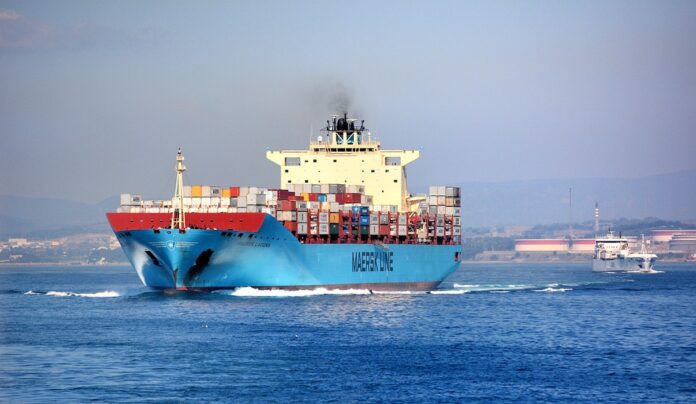Introduction
International trade data integration with food traceability systems is becoming increasingly important in today’s globalized food supply chain. By leveraging technology to track and trace food products from farm to fork, companies can improve transparency, efficiency, and safety in the food industry. This report will explore the benefits of integrating international trade data with food traceability systems, as well as the challenges and opportunities that come with this integration.
Benefits of Integration
Improved Traceability
One of the key benefits of integrating international trade data with food traceability systems is improved traceability. By linking trade data with product information, companies can track the movement of food products across borders and throughout the supply chain. This level of transparency can help identify the source of contamination or foodborne illnesses, enabling faster recalls and reducing the risk of outbreaks.
Enhanced Food Safety
Another advantage of integration is enhanced food safety. With real-time access to trade data, companies can quickly identify potential risks in the supply chain and take proactive measures to prevent contamination or adulteration. This can help protect consumers from unsafe food products and maintain the reputation of the brand.
Efficient Compliance
Integrating trade data with traceability systems can also streamline compliance with regulations and standards. By automating data collection and reporting, companies can ensure they meet the requirements of various international trade agreements, such as the World Trade Organization’s Agreement on the Application of Sanitary and Phytosanitary Measures (SPS Agreement).
Challenges and Opportunities
Data Compatibility
One of the main challenges of integrating international trade data with food traceability systems is data compatibility. Different countries and companies may use different formats and standards for collecting and sharing trade data, making it difficult to ensure seamless integration. Companies will need to invest in data harmonization efforts to overcome this challenge.
Cost and Implementation
Implementing an integrated system can be costly and time-consuming. Companies will need to invest in technology, training, and infrastructure to ensure successful integration. However, the long-term benefits of improved traceability, safety, and compliance can outweigh the initial investment.
Opportunities for Innovation
Despite the challenges, integrating international trade data with food traceability systems presents opportunities for innovation. Companies can leverage technologies such as blockchain, IoT, and AI to create more robust and secure traceability systems. These innovations can help companies differentiate themselves in the market and build trust with consumers.
Industry Insights
According to a report by Grand View Research, the global food traceability market is projected to reach $26.7 billion by 2027, growing at a CAGR of 9.8% from 2020 to 2027. This growth is driven by increasing consumer demand for transparency and safety in the food supply chain, as well as regulatory requirements for traceability.
Major players in the food traceability market include IBM, SAP SE, Oracle Corporation, and Siemens AG. These companies offer a range of traceability solutions that integrate with international trade data to provide end-to-end visibility and control over the supply chain. By partnering with these industry leaders, companies can leverage their expertise and technology to enhance their traceability capabilities.
In conclusion, integrating international trade data with food traceability systems is essential for improving transparency, safety, and efficiency in the food supply chain. While there are challenges to overcome, the benefits of integration far outweigh the costs. By investing in technology and innovation, companies can build a more resilient and trusted food supply chain for the future.


